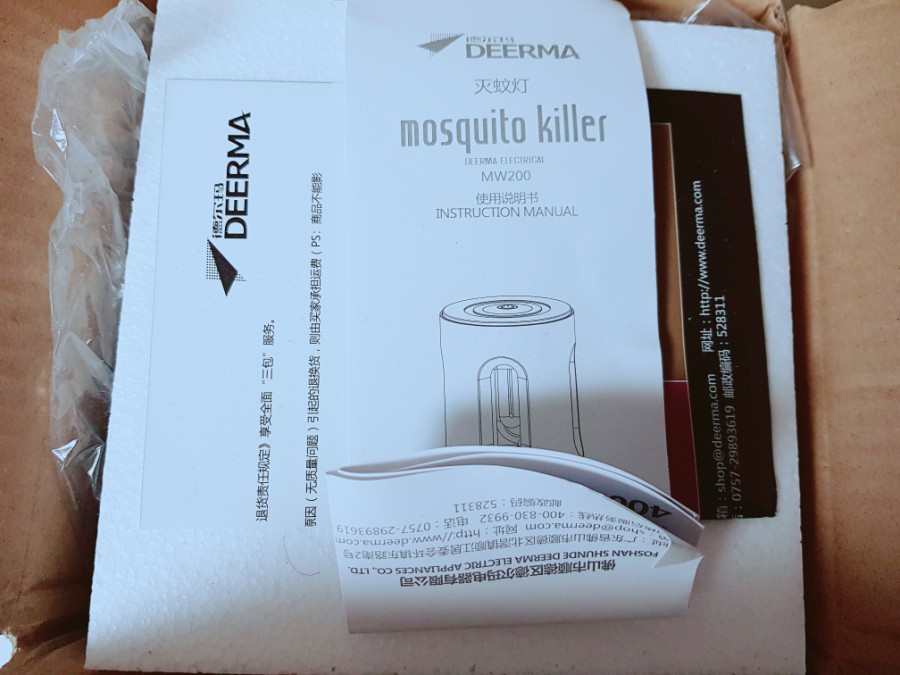St. Luke’s, Lehigh University collaboration results in clever, life-saving invention. BETHLEHEM, PA. - Among stories of hope, generosity and togetherness, the COVID-19 pandemic has also given rise to an incredible feat of ingenuity - the invention of the "Zappify Bug Zapper shop Zapper" to sterilize masks. As hospitals and other entrance-line organizations jumped to secure large portions of life-saving supplies and personal protecting tools (PPE), Zappify Bug Zapper shop there has also been the necessity to determine quicker, more efficient ways to scrub and sterilize those gadgets, particularly the coveted N95 masks. St. Luke’s University Health Network anesthesiologist, Christopher Roscher, MD, anticipated the need and an concept began to type. "It became clear that PPE supplies would turn into restricted as the virus progressed," he says. The St. Luke’s Sterile Processing Department, or SPD, is the place the place all surgical and indoor bug zapper medical instruments are despatched to be meticulously cleaned, sanitized and packaged for reuse. It’s a behind-the-scenes operate that's an important a part of the health care system. "On any given day, we are processing many, many items here at our hospital in Bethlehem," states Taylor Bennett, St. Luke’s Network Director of Sterile Processing.
"But with the current state of affairs, there is an overwhelming need to course of our employees’ PPE each day. For Dr. Roscher, a mild went on - actually and figuratively. "I had been doing personal analysis about finding methods to decontaminate masks for reuse, and peer-reviewed literature recommended that, in a pandemic, UV-C light might be an acceptable technique to sterilize masks," he says. UV-C is a particular vary of UV, or ultra-violet, gentle and has been shown to deactivate viruses and other pathogens by causing adjustments in their DNA. Through a mutual contact, Dr. Roscher received in touch with Nelson Tansu, PhD, Lehigh University’s Director and Endowed Chair of its Center for Photonics and Nanoelectronics (CPN). "What St. Luke’s was looking for was a high-throughput sterilization system," stated Dr. Tansu. The two organizations joined forces by means of a sequence of Zoom meetings and tons of of emails, to design, fabricate, install and check the system - all inside a matter of two weeks - and all whereas sustaining social distancing protocols.
 The tip end result: a option to effectively and effectively sterilize 200 masks each eight minutes! The "Zappify Bug Zapper Zapper" in action. "Our present items were not designed for big-scale use. They could solely sterilize about 30 masks at a time," said Eric Tesoriero, DO, anesthesiologist for St. Luke’s and a collaborator on the challenge. The unit, engineered by Lehigh students and workers and assembled at St. Luke’s by biomedical engineer Jay Johnson, has been affectionally named the "Bug fly zapper" not only on account of its appearance, but on account of its COVID-killing properties. "It is incredible that this venture moved at such a speedy speed," remarks Dr. Tansu. The group ranged from PhDs to MDs and even included an unexpected contributor - Axel Tansu, Dr. Tansu’s adolescent son. The truth is, it was Axel’s contribution that allowed the unit to have such a high-throughput price. "Our unique design was cylindrical in shape, to make sure even exposure of the light on all surfaces," explains Dr. Tansu.
The tip end result: a option to effectively and effectively sterilize 200 masks each eight minutes! The "Zappify Bug Zapper Zapper" in action. "Our present items were not designed for big-scale use. They could solely sterilize about 30 masks at a time," said Eric Tesoriero, DO, anesthesiologist for St. Luke’s and a collaborator on the challenge. The unit, engineered by Lehigh students and workers and assembled at St. Luke’s by biomedical engineer Jay Johnson, has been affectionally named the "Bug fly zapper" not only on account of its appearance, but on account of its COVID-killing properties. "It is incredible that this venture moved at such a speedy speed," remarks Dr. Tansu. The group ranged from PhDs to MDs and even included an unexpected contributor - Axel Tansu, Dr. Tansu’s adolescent son. The truth is, it was Axel’s contribution that allowed the unit to have such a high-throughput price. "Our unique design was cylindrical in shape, to make sure even exposure of the light on all surfaces," explains Dr. Tansu.
"Axel came to me and stated, ‘Dad, what about an octagon? ’ And certain sufficient, he was right. A patent to protect the team’s mental design has been filed. And a celebration for the collaborators to fulfill, in-individual, Zappify Bug Zapper shop shall be planned as soon as it is protected to do so. Until then, the rechargeable bug zapper Zapper can be exhausting at work, Zappify Bug Zapper shop serving to to guard the frontline employees at St. Luke’s and Zappify Bug Zapper shop past. This, like so many different tales, affords a ray of hope through the pandemic - showcasing that the human thoughts and spirit can overcome something - particularly when working collectively for an incredible trigger. Afterall, as the well-known philosopher Plato understood hundreds of years ago, necessity is the mother of invention. Founded in 1872, St. Luke's University Health Network (SLUHN) is a fully integrated, regional, non-revenue network of more than 15,000 workers offering services at eleven hospitals and 300 outpatient sites. With annual web income better than $2 billion, the Network’s service space includes 11 counties: bug zapper for backyard Lehigh, Northampton, Zappify Bug Zapper shop Berks, Bucks, Carbon, Montgomery, Monroe, Schuylkill and Luzerne counties in Pennsylvania and Warren and Hunterdon counties in New Jersey.
